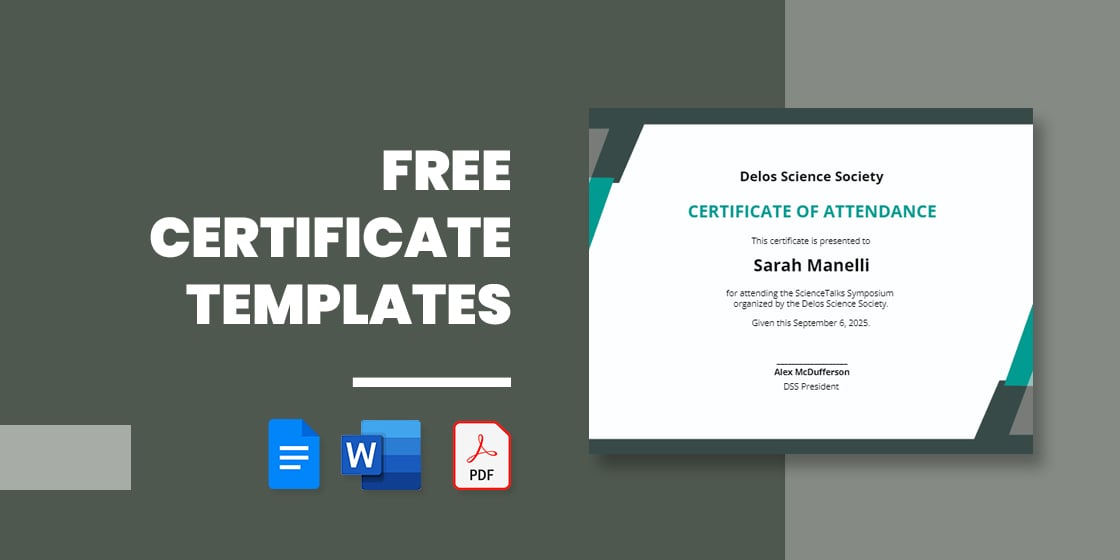34+ Free Certificate Templates
Designing a certificate isn’t as simple as it looks. It requires a whole lot of patience and a set of skills that only a few possess. Plus, it requires you to invest a lot of time and money. But not anymore; now you have free certificates to choose from. Do you have an event coming up? Or are you organising a competition or tournament of some sort? Whatever the case may be, you are surely going to appreciate these free certificates provided here.
Marriage Certificate Template
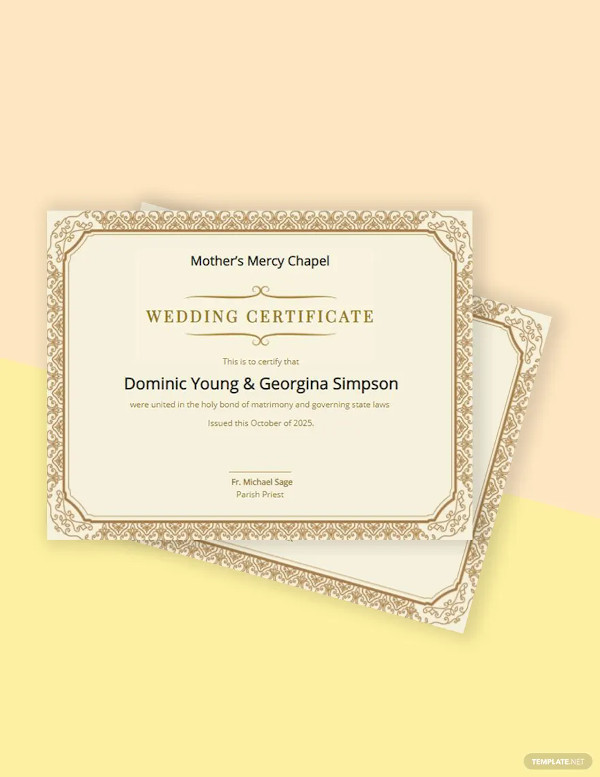 Download Now
Download Now
Printable Completion Certificate Template
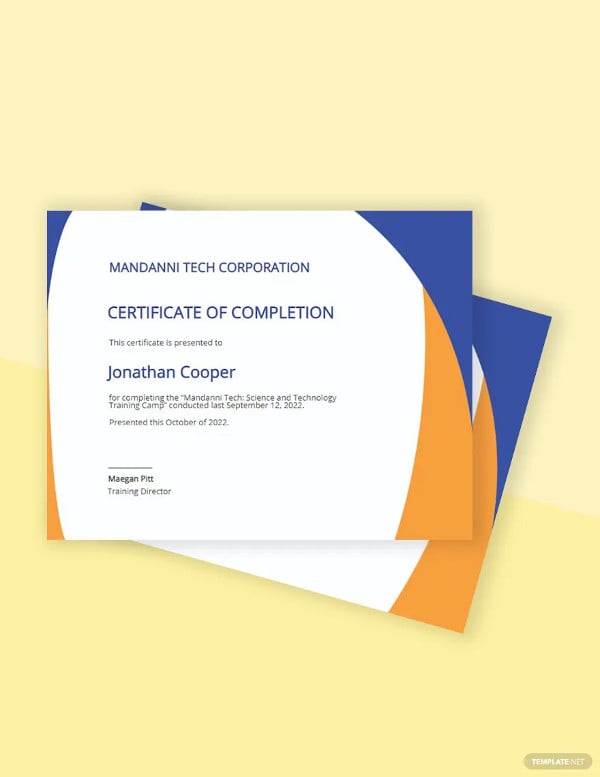 Download Now
Download Now
Certificate of Recognition Template
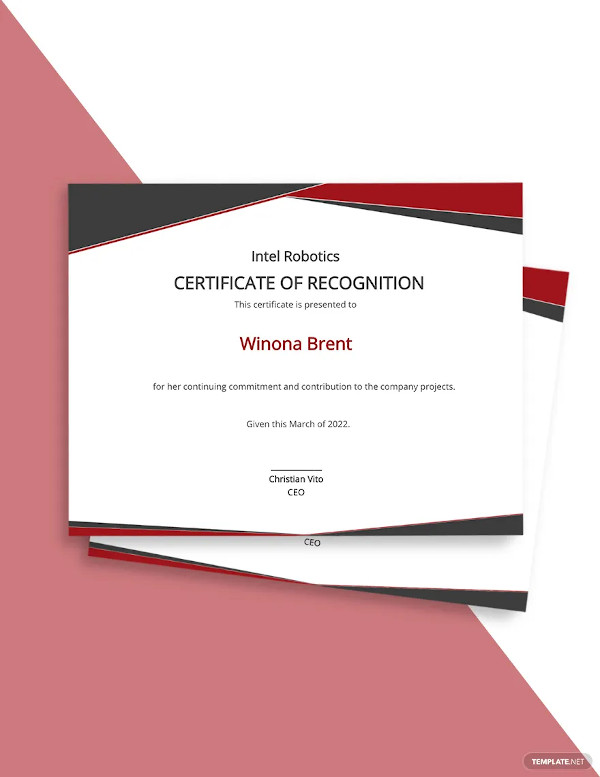 Download Now
Download Now
Event Attendance Certificate Template
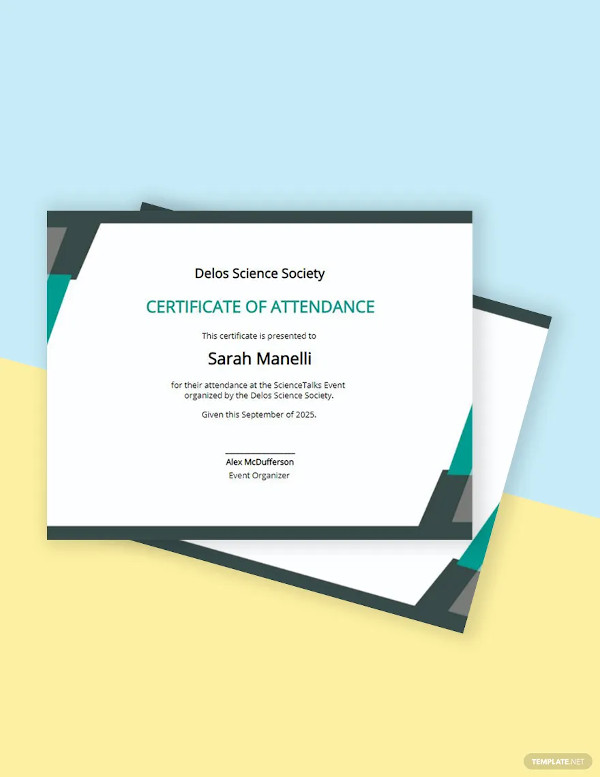 Download Now
Download Now
Editable Internship Certificate Template
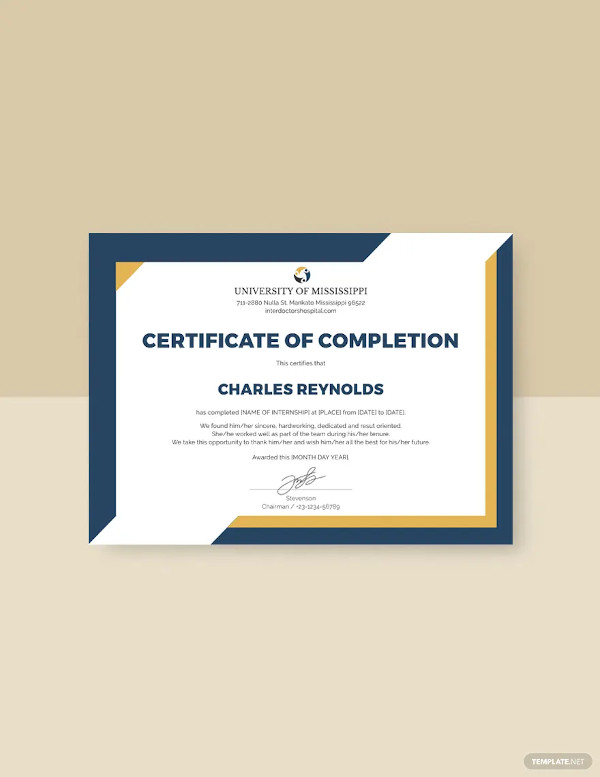 Download Now
Download Now
Nurse Training Certificate Template
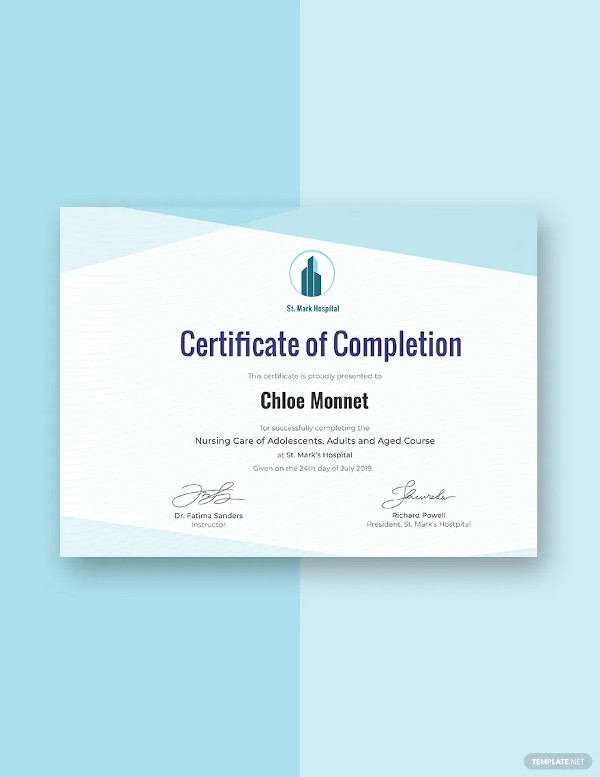 Download Now
Download Now
Christian Baptism Certificate Template
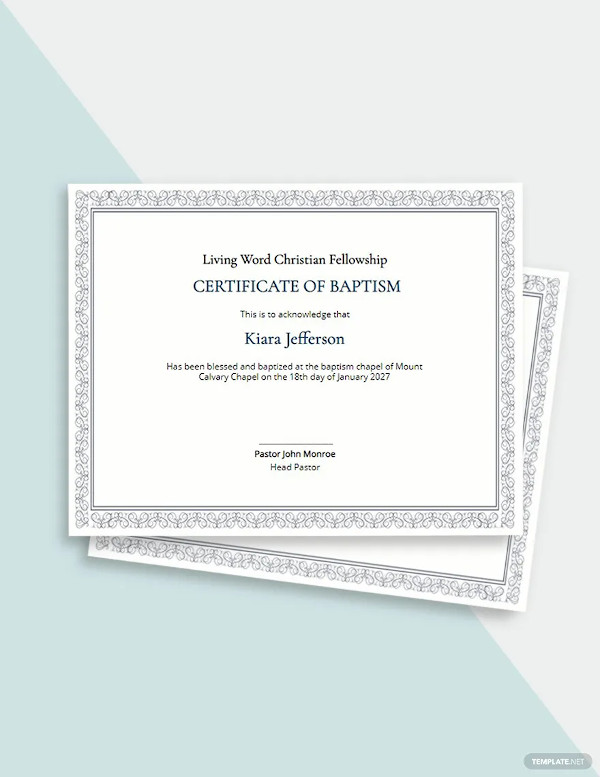 Download Now
Download Now
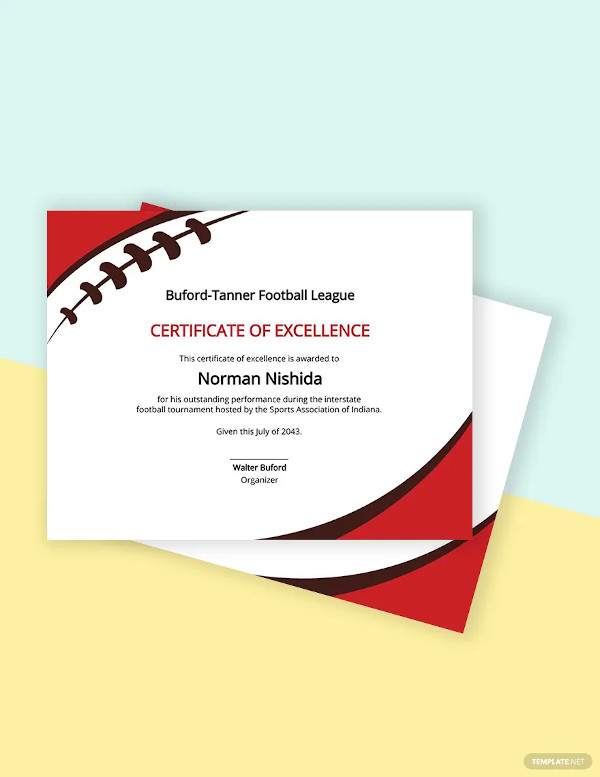 Download Now
Download Now
Divorce Certificate Template
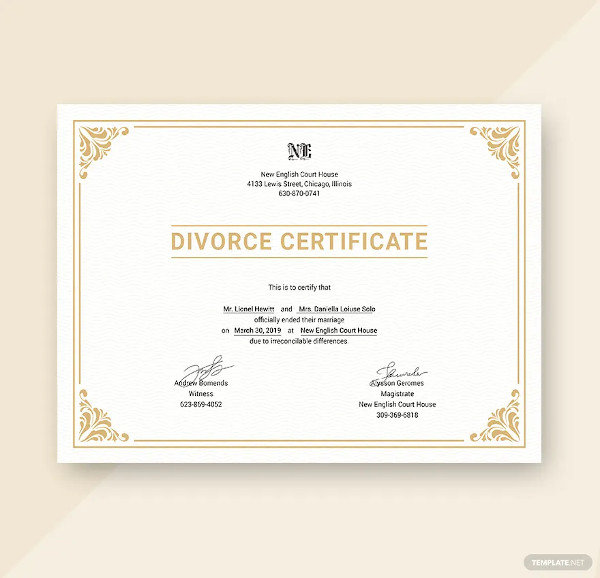 Download Now
Download Now
Dog Birth Certificate Template
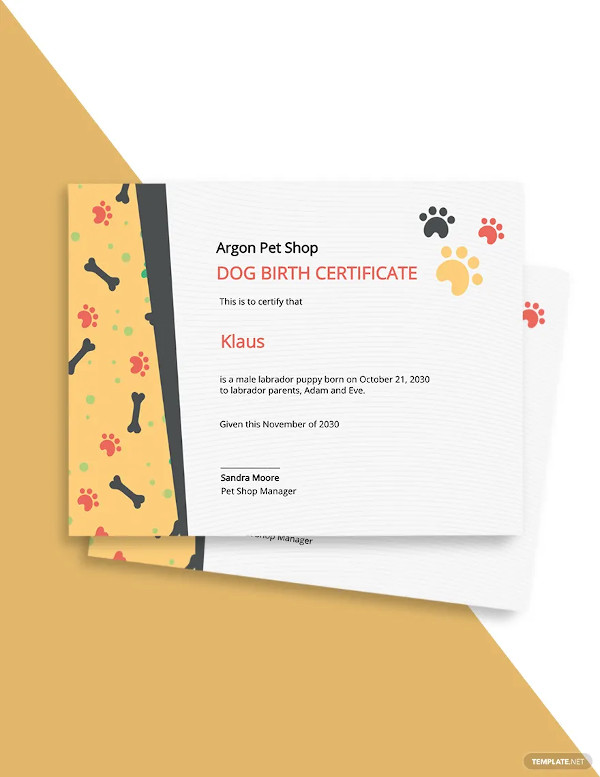 Download Now
Download Now
High School Diploma Certificate Template
 Download Now
Download Now
Catholic Baptismal Certificate Template
 Download Now
Download Now
Blank Gift Certificate Template
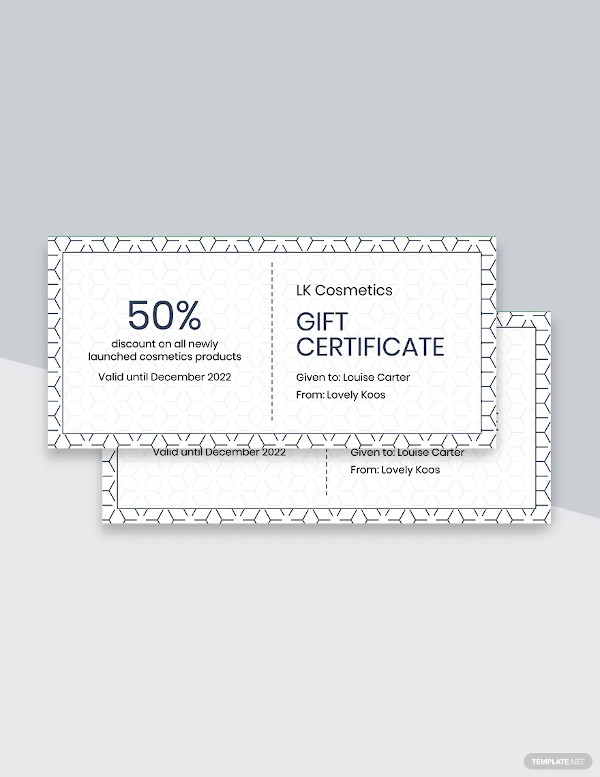 Download Now
Download Now
Pressure Test Report Certificate Template
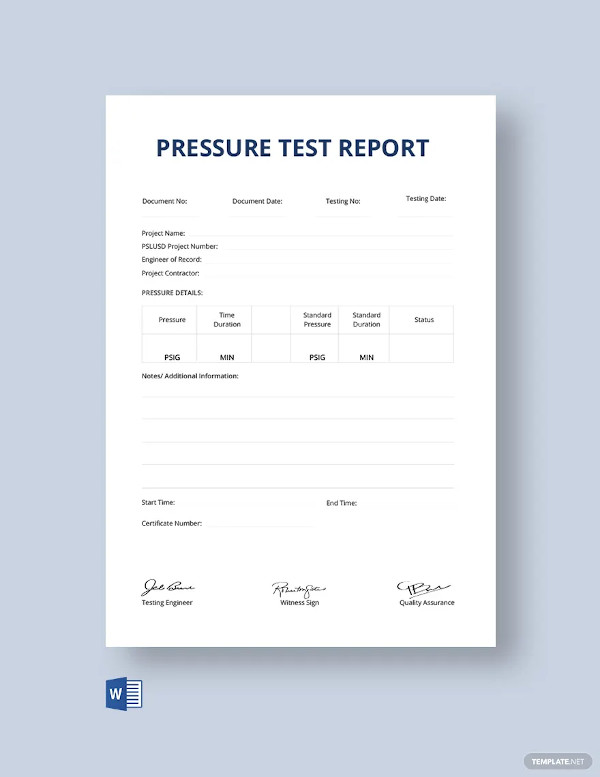 Download Now
Download Now
Graduation Certificate Template
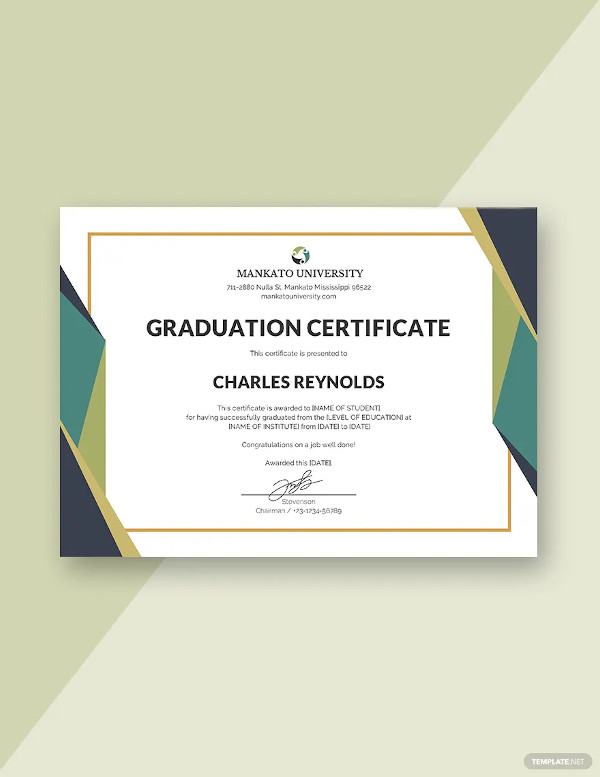 Download Now
Download Now
Sample Church Certificate of Appreciation Template
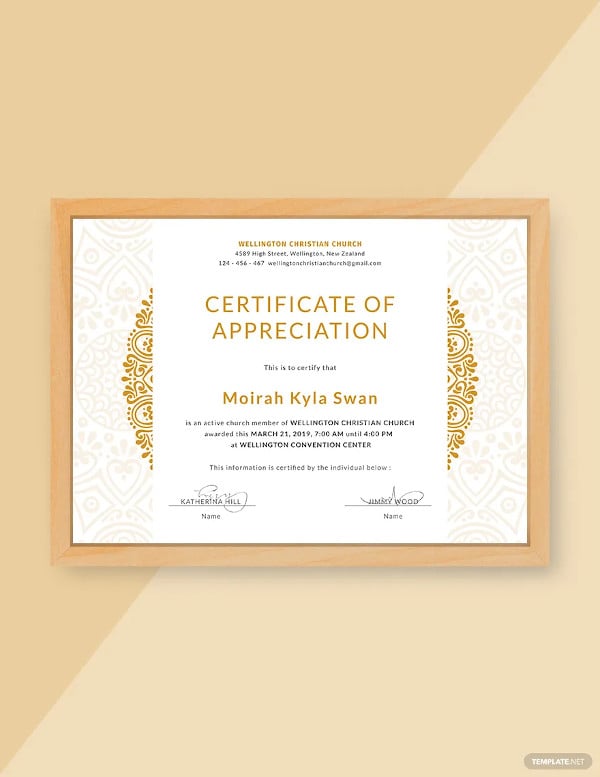 Download Now
Download Now
Training Completion Certificate Template
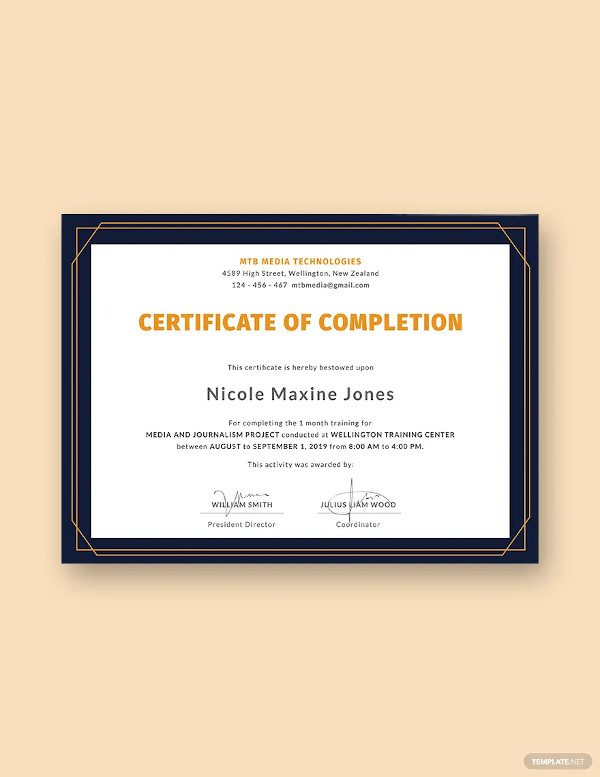 Download Now
Download Now
Award Certificate Template
 Download Now
Download Now
Wedding Certificate Template
 Download Now
Download Now
Training Certificate Template
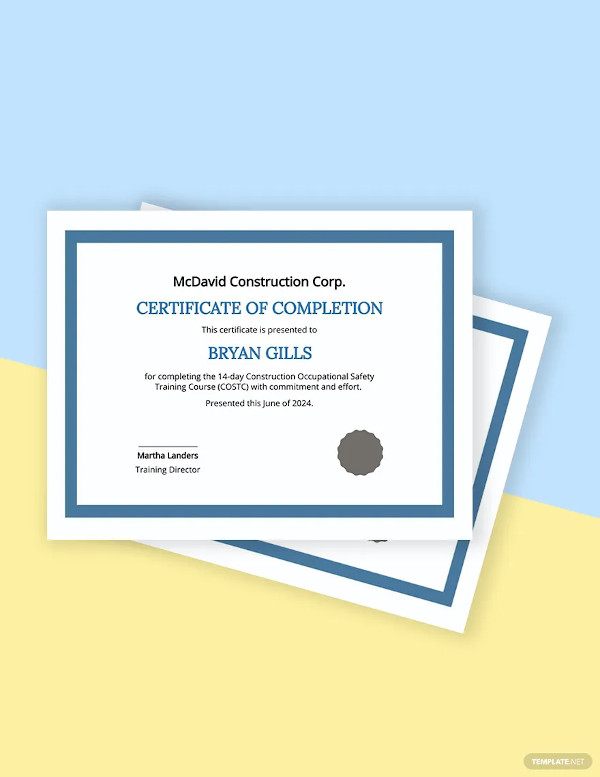 Download Now
Download Now
Authenticity Certificate Template
 Download Now
Download Now
Excellence Certificate Template

The steel gray background coupled with the black and white theme makes the template look sleek and stylish. It comes in Word and PDF formats and is fully editable as well.
Certificate of Participation Template
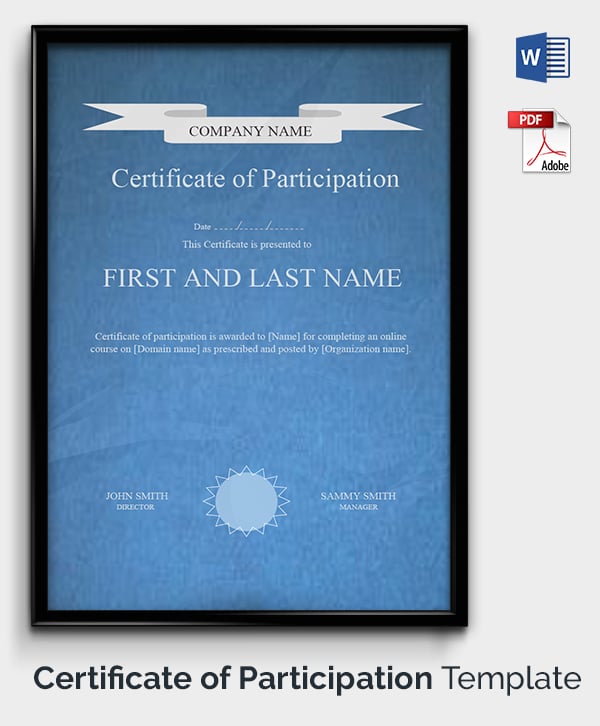
The blue background makes this free certificate template stand out from the rest. Also, this basic template comes in an easy to use Word or PDF format. Plus, it would be perfect as a certificate of participation. It can be edited as per your requirements.
Excellence Award Certificate Template Download

The first thing you notice about the free certificate template here is the beautiful cream background and the contrasting gold border adorning the sides. Also, the template here comes in a Word or PDF format as well.
Free Award Certificate Download

This free simple certificate template comes with a dark gray border, easy customisation of text and colour, Word and PDF compatibility, a standard size with allowance for bleed, a print ready format, a CMYK colour mode and a high resolution of 300 dpi.
Free Training Certificate
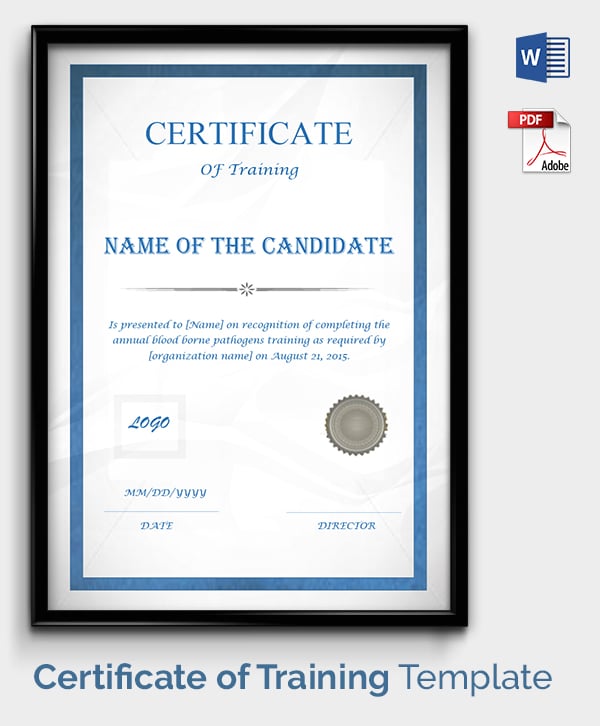
Certificate of Appreciation Template
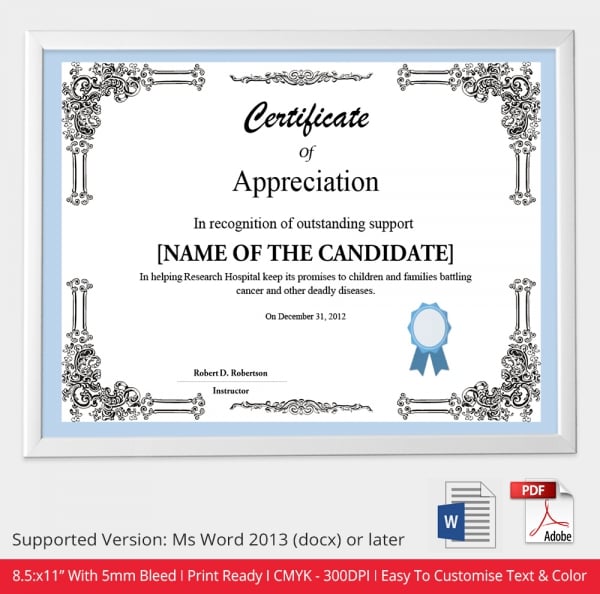
Certificate Presentation Template
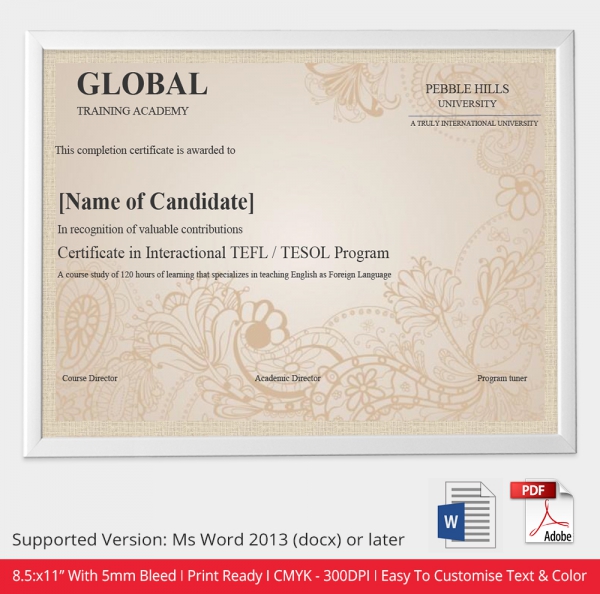
Editable Baptism Certificate Template
 Download Now
Download Now
Adoption Certificate Template
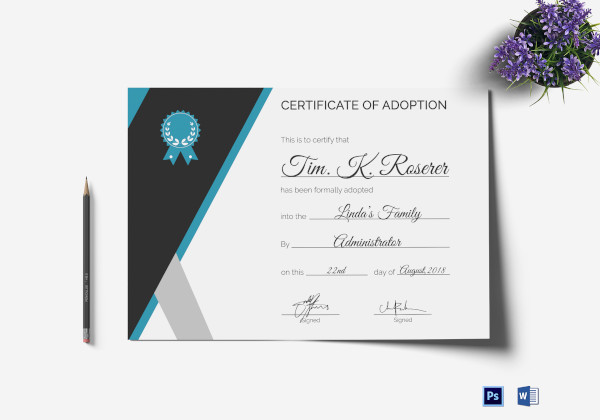 Download Now
Download Now
Simple Marriage Certificate Templates
 Download Now
Download Now
Gift Certificate Template
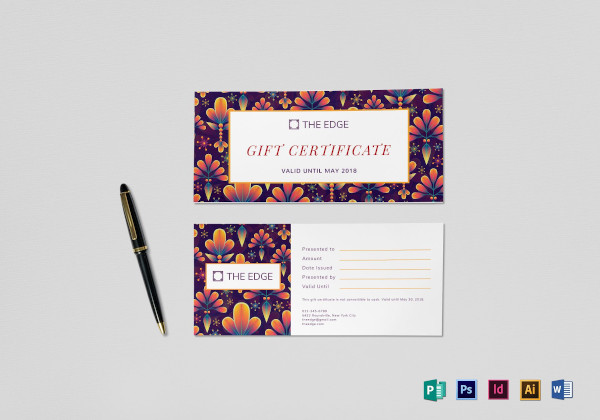 Download Now
Download Now
> Why should you use Free Certificates?
Most of us already know what a certificate looks like or what they are used for. However, it has to be admitted that designing a certificate is not all that easy. Naturally, most people seek professional help when it comes to designing certificates outline. However, that can burn a hole in your pocket – we all know that getting professional help can be pretty expensive. But you couldn’t be more wrong. As it turns out, there are free certificates that you can make use of. Irrespective of your purpose or the event you have in mind, there are free sample certificate templates that are compatible with all occasions.
> What are the Different Kinds of Free Certificates?
The term “certificate” is a very broad one and has a generalised meaning. Given the numerous kinds of events that require certificates, there are different kinds of sample templates here. Here are some of them:
- You have prize certificates which are to be awarded to the winners at a particular event or competition.
- There are training certificates that are awarded on the completion of a particular course or training program.
- There are achievement certificates which must be awarded to appreciate the tremendous achievement made by someone.
- Apart from that, there are also certificates of excellence and certificates of participation.
Free simple templates would be the best way to get hold of stunning certificates for your event because they wouldn’t cost you a dime! You could just download the certificate layout template you like (you can even download more than one because they come free of cost) and start experimenting with them!
More in Certificate Templates
| 15+ Project Completion Certificate Templates - PDF, DOC | 10+ Comprehensive Personal Liability Templates in Google Docs | PDF | Word | Pages |
| 24+ Winner Certificate Templates in Illustrator | InDesign | MS Word | Pages | Photoshop | Publisher | 10+ Certificates of Deposit Templates in PDF | DOC |
| 10+ Certificate of Achievement in Word | Photoshop | Illustrator | InDesign | Pages | Publisher | Docs | 11+ Investment Certificate Templates in PDF | DOC |
| 31+ Participation Certificate Templates in Illustrator | InDesign | MS Word | Pages | Photoshop | Publisher | 37+ Certificate of Appreciation Templates - PDF, Doc |
| 28+ Professional Certificate Templates | 8+ Leadership Certificates in Illustrator | InDesign | Word | Pages | PSD | Publisher |
| 10+ Agency Certificate Templates in PDF | DOC | 9+ Office Certificate Templates in PDF | Word |
| 11+ School Certificate Templates in AI | PSD | Publisher | Word | Pages | PDF | FREE 13+ Health Care Certificate Templates in MS Word | PSD | PDF |
| 10+ Company Incorporation Certificate Templates in PDF | Word | Google Docs | Pages | 11+ Medical Fitness Certificate Templates |
| 23+ Health Certificate Form Templates | 4+ Medical Exemption Certificate Templates in PDF |
| 14+ Management Certificate Templates | 17+ Service Certificate Templates |
| 15+ Employee Appreciation Certificate Template | 10+ Student Certificate Templates |
| 23+ Training Certificate Templates in Google Docs | Word | 7+ Promotion Certificate Templates in AI | PSD | Publisher | Word | InDesign | PDF |
| 6+ Management Certificate Templates in AI | InDesig | Word | Pages | PSD | Publisher | 10+ Leadership Certificate Templates in Google Docs | Word | Pages | PDF |
| 19+ Course Certificate Templates | 14+ Baptism Certificate Templates in AI | InDesign | Word | Pages |
| 19+ Adoption Certificate Templates in AI | InDesign | Word | Pages | PSD | Publisher | PDF | 20+ Compliance Certificate Templates |
| 10+ Annual Certificate Templates in AI | Word | Pages | PSD | Publisher | PDF | 9+ Transfer Certificate Templates in AI | InDesign | Google Docs | Word | Pages | PSD | Publisher |
| 23+ Certificate of Attendance Templates | 9+ Financial Certificate Templates |
| 12+ Real Estate Certificate Templates in PDF | 19+ Work Certificate Templates |
| 15+ Project Completion Certificate Templates | 8+ Kindergarten Certificate Templates |
| 10+ Preschool Certificate Templates | 14+ College Certificate Templates in AI | Word | Pages | PSD | Publisher | InDesign, |
| 7+ Event Planning Certificate Templates in AI | InDesign | PSD | Word | Publisher | Pages | 16+ Birth Certificate Templates |
| 10+ Simple Baseball Award Certificate Templates | 11+ Best Church Certificate Templates in AI | Word | PSD | Pages | InDesign | Publisher |
| 8+ Medical Leave Certificate Templates | Photography Certificate [14+ Templates To Download] |
| Photography Gift Certificate [6+ Templates To Download] | 5+ Official Birth Certificate Template |
| 5+ Simple Baseball Award Certificate Templates | 13+ Best Certificate of Achievement Templates |
| How to Make a Completion Certificate [18+ Templates] | How to Create a Fitness Certificate [20+ Templates] |
| How to Create an Attendance Certificate [18+ Templates] | How to Create a Diploma Certificate [11+ Templates] |
| How to Make a Business Certificate [14+ Templates] | How to Make/Create an Experience Certificate [Templates + Examples] 2023 |
| How to Make/Create a Training Completion Certificate [Templates + Examples] 2023 | How To Make/Create a Graduation Certificate [Templates + Examples] 2023 |
| How to Create a Certificate [18+ Templates] | How to Create a Certificate in MS Word [18+ Templates] |
| How To Make/Create a Birth Certificate [Templates + Examples] 2023 | How to Make a Gift Certificate [10+ Templates] |
| 18+ Sports Certificate Design Templates, Examples & Formats | 10+ Membership Certificate Templates |
| 19+ Experience Certificate Template | 17+ Sample Participation Certificate Templates |
| 18+ Attendance Certificate Templates | 12+ Award Certificate Templates |
| 13+ Diploma Certificate Templates | 23+ Appreciation Certificate Templates |
| 10+ Sample Achievement Certificate Templates | 32+ Medical Certificate Templates |
| 11+ Completion Certificate Templates | 15+ Training Certificate Templates |
| 12+ Sample Birth Certificate Templates | 10+ Sample Gift Certificate Templates |
| 9+ Achievement Certificate Templates | 31+ Sports Certificate Templates |
| 10+ Certificate Templates | 18+ Preschool Certificate Templates - PDF |
| 8+ Free Choir Certificate of Participation Templates - PDF | 17+ Free Health Certificate Templates |
| 8+ Medical Membership Certificate Templates - PDF | 25+ Medical Certificate Templates for Leave |
| 12+ Customer Appreciation Certificate Designs & Templates - PSD, AI | 14+ Salary Certificate Templates for Employer - PDF, DOC |
| 14+ Honorary Life Certificate Templates - PDF, Docx | 5+ Outstanding Participation Certificate Designs & Templates - PSD, AI, Docs, Google Docs |
| 6+ Civil Diploma Certificate Designs & Templates - PSD, AI | 6+ Army Appreciation Certificate Templates - PDF, DOCX |
| 14+ Fit to Work Certificate Templates in PDF | 26+ Certificate of Participation Designs & Templates - PSD, AI |
| 10+ Graduation Appreciation Certificate Designs & Templates - PSD, AI | 15+ Certificate of Appreciation for Training Designs & Templates - PSD, AI |
| 22+ Medical Certificate Templates for Sick Leave | 15+ Graduation Gift Certificate Designs & Templates - PSD, AI |
| 12+ Certificate of Appreciation for Student Designs & Templates - PSD, AI | 10+ Church Appreciation Certificate Flyer Templates - PSD, AI |
| 12+ Pet Birth Certificate Designs & Templates - PDF, PSD, AI | 8+ Participation for Sports Certificate Templates - PSD, AI, Docs, Google Docs |

